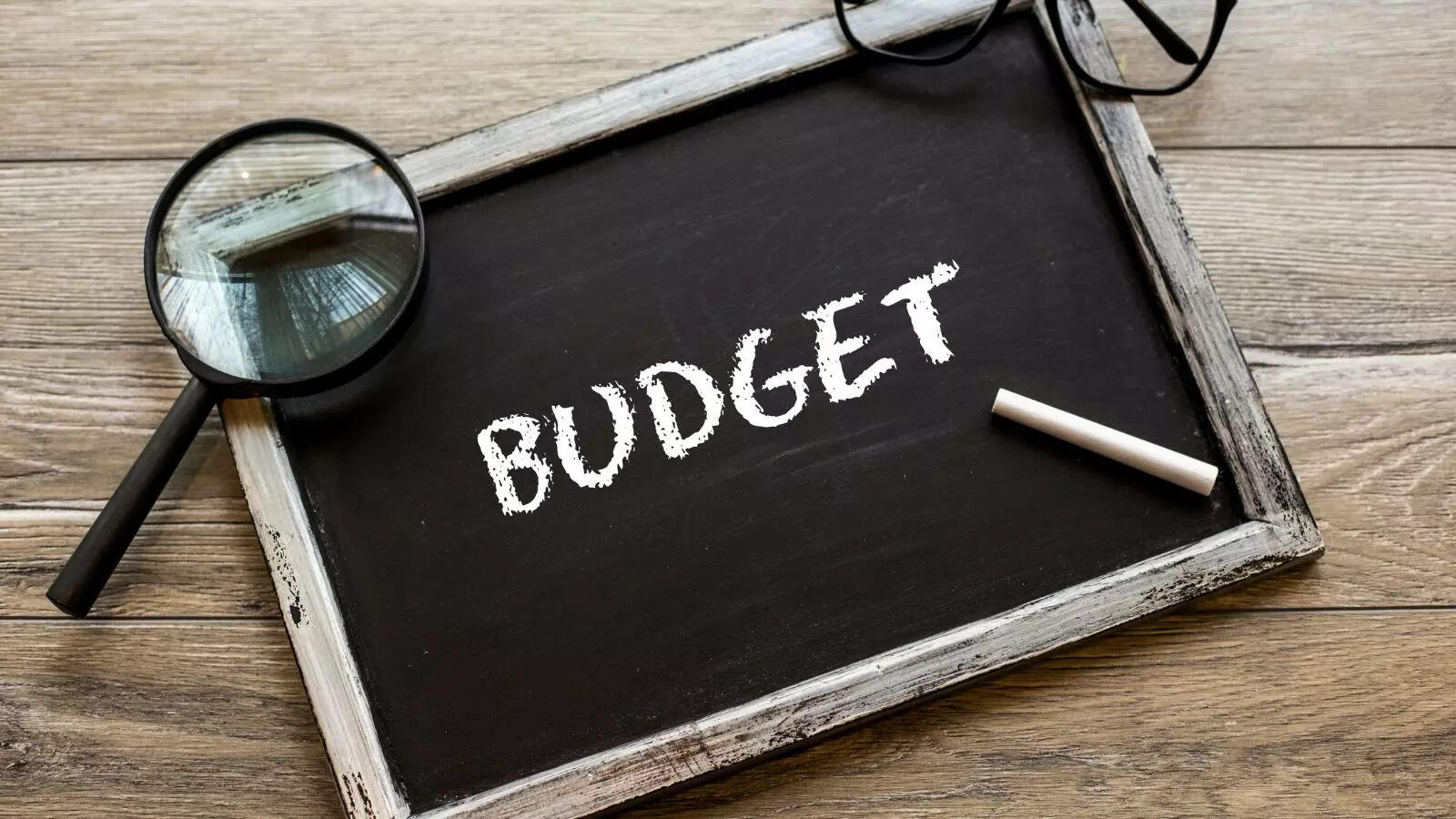
Electric vehicle makers are likely to with Finance Minister Nirmala Sitharaman allocating an outlay of INR 2,671 crore for the Faster Adoption and Manufacturing of Electric (& Hybrid) Vehicles in India (FAME) for FY25.
The additional outlay for the scheme in the interim budget is the first official indication from the government that a version of the scheme will continue to function in the upcoming financial year. The second edition of FAME ends on March 31, 2023.
Sitharaman, in her shortest budget speech since assuming charge as Finance Minister, said the government “will expand and strengthen the e-vehicle ecosystem by supporting manufacturing and charging infrastructure”.
Emphasis will be made on bringing more electric buses to reduce vehicular emissions and realise the country’s net-zero targets.
“Greater adoption of e-buses for public transport networks will be encouraged through payment security mechanisms”, Sitharaman added.
The government allocated INR 4,807 crore for FAME in the revised estimates for FY24, as against the initial budget estimates of INR 5,172 crore. The centre allocated INR 2,403 crore for the scheme in FY23.
Sitharaman said rooftop solarisation – which will enable one crore households to obtain up to 300 units of free electricity every month – will among others also help in charging electric vehicles.
The Centre had earmarked INR 895 crore for FAME I, which was in force from 2015 to 2019. This allocation was significantly ramped up to INR 10,000 crore in FAME II for 2019-24. In May 2023, incentives under the FAME II programme were lowered to INR 10,000 per kilowatt hour and capped at 15% of an electric two-wheeler’s ex-factory price. This move was intended to ensure that the budgetary allocation for the scheme would not dry up before achieving the goals spelt out under the programme.
FAME II aimed to subsidise 1 million electric two-wheelers (E2Ws), 500,000 electric three-wheelers, 55,000 electric four-wheelers, and 7,090 electric buses. The scheme has been successful in achieving goals for E2Ws and buses. However, the implementation was marred by alleged instances of companies not adhering to localisation commitments while claiming subsidies under the scheme.

